1983 Toyota MX-2 Concept
 Story Cars
Story Cars- Dec 1, 2023
- 1 min read

The 1983 Toyota MX-2 Concept stands as a testament to Calty's innovative design pursuits during the 1980s. As Toyota's design arm evolved, the 1980s marked a shift for Calty, transitioning from research-oriented work to exploring avant-garde design languages and techniques.
Under the leadership of Mamoru Yaegashi, Calty's design development teams were granted unprecedented freedom to unleash their creativity, pushing the boundaries of artistic expression. This era saw the emergence of high-performance sports car concepts, with the MX-1 in 1982 being the pioneer. Sporting a mid-engine layout and scissor-style doors, the MX-1 set the stage for the subsequent MX-2.
The 1983 Toyota MX-2, the follow-up to the 1982 Toyota MX-1 Concept, went beyond the realm of design on paper. Calty not only conceptualized but physically built the MX-2 in-house, using fiberglass-reinforced plastic (FRP). The concept car boasted distinctive gullwing doors, adding a touch of futuristic flair. Moreover, it featured a swing arm steering wheel designed to accommodate both left- and right-hand drive configurations, showcasing a commitment to versatility and innovation.
Optimized for aerodynamic performance, the MX-2 was more than just a concept; it embodied Calty's dedication to pushing the limits of design and engineering, creating a sleek and futuristic mid-engine sports car that left an indelible mark on Toyota's design legacy.
Source: Toyota; japanesenostalgiccar.com

































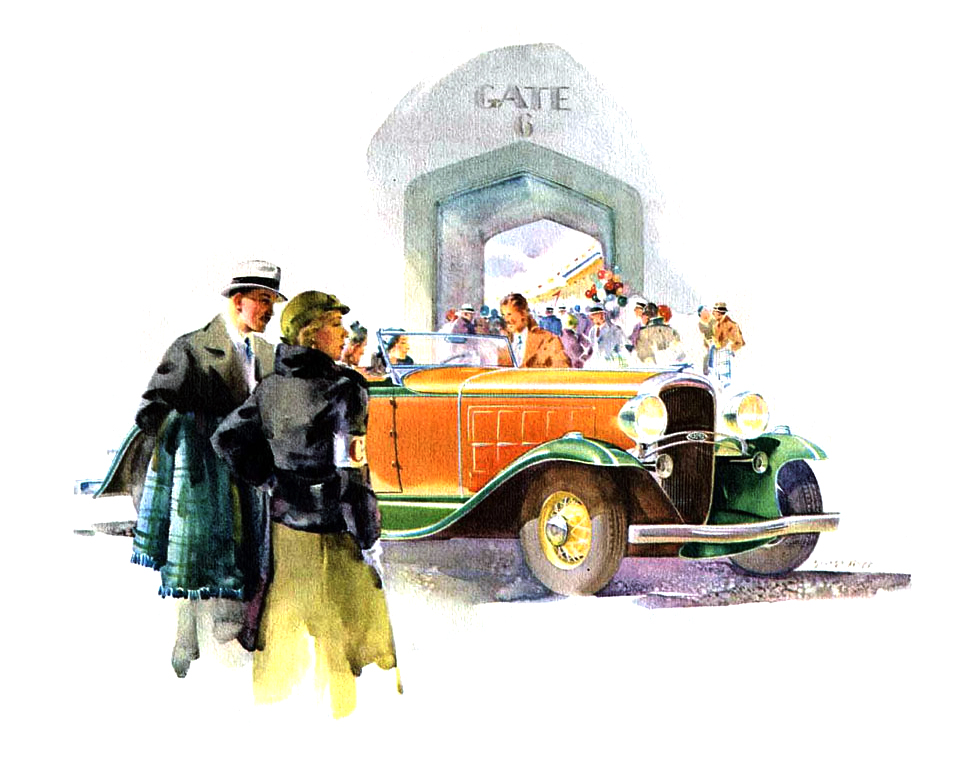
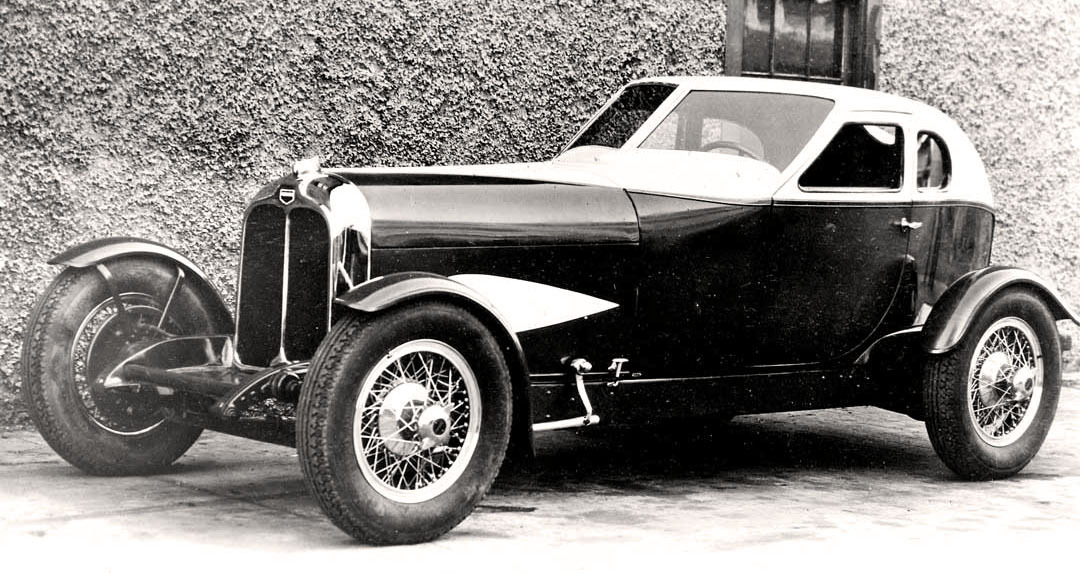
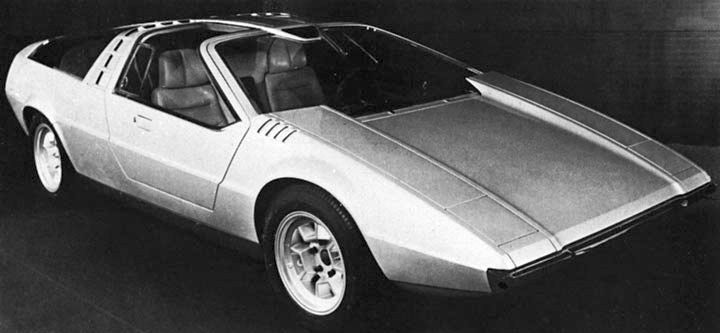






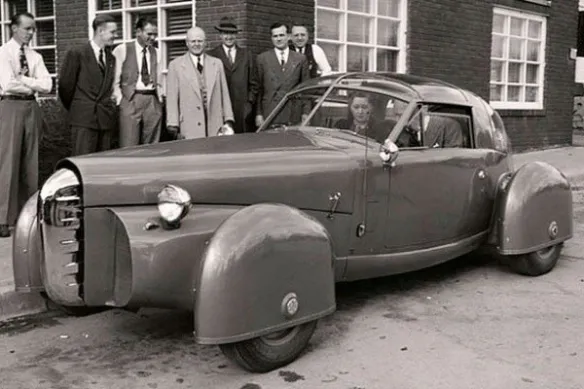



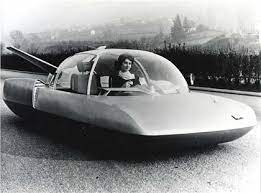

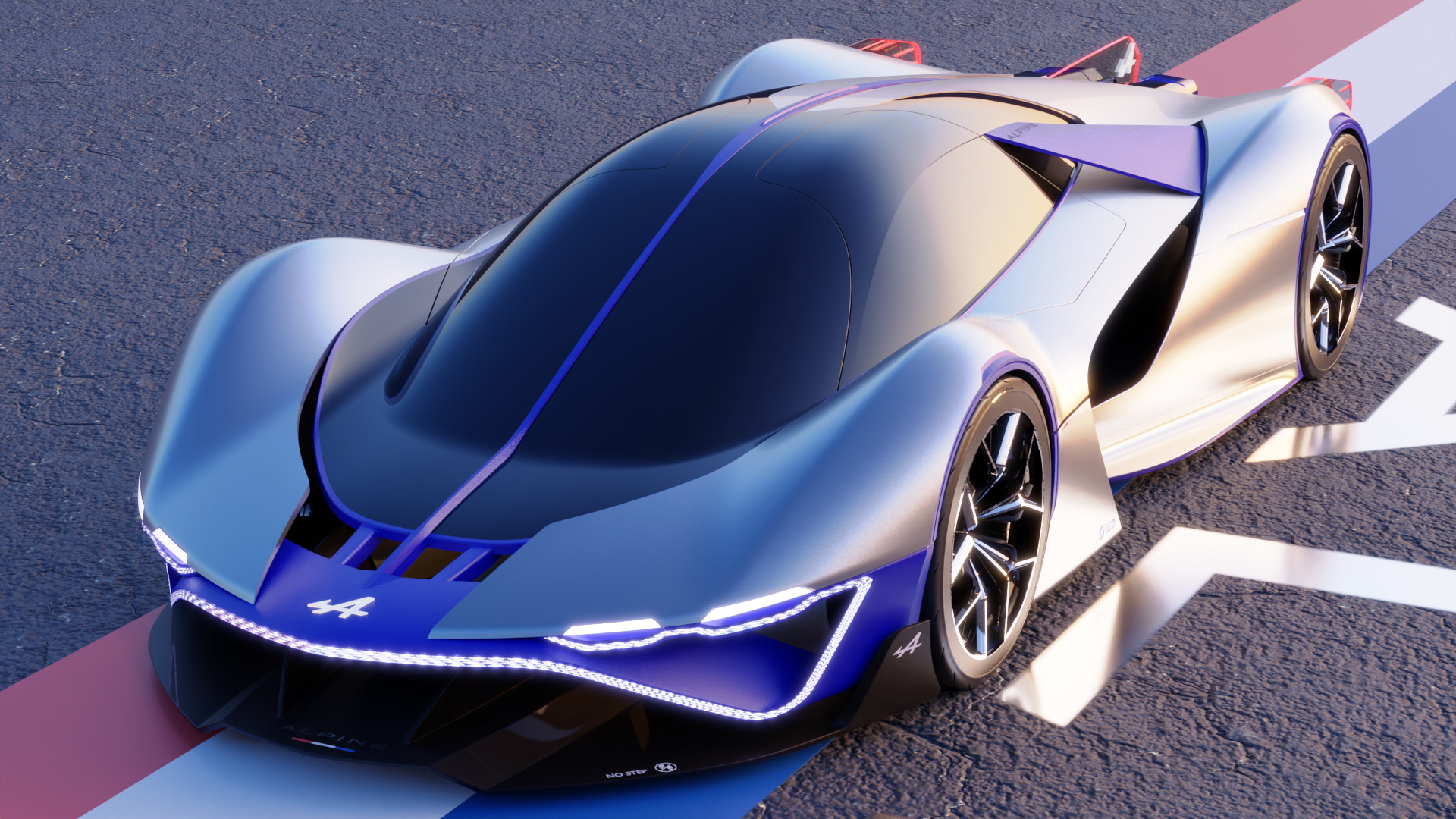
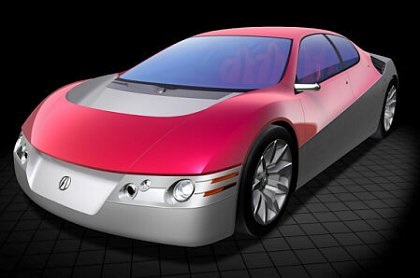

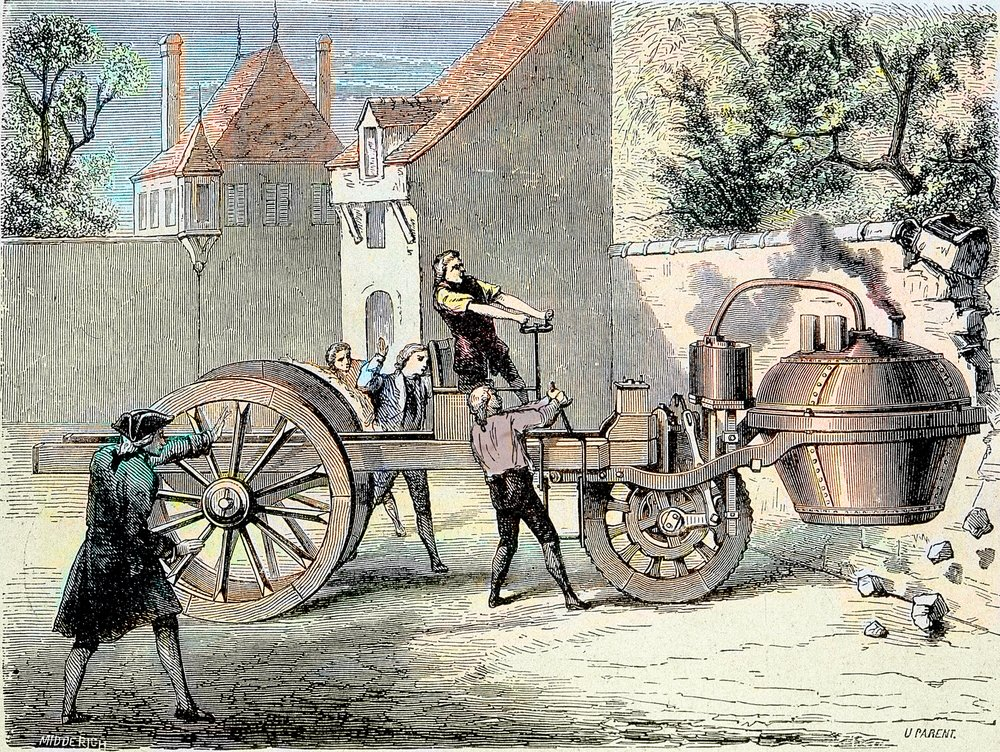
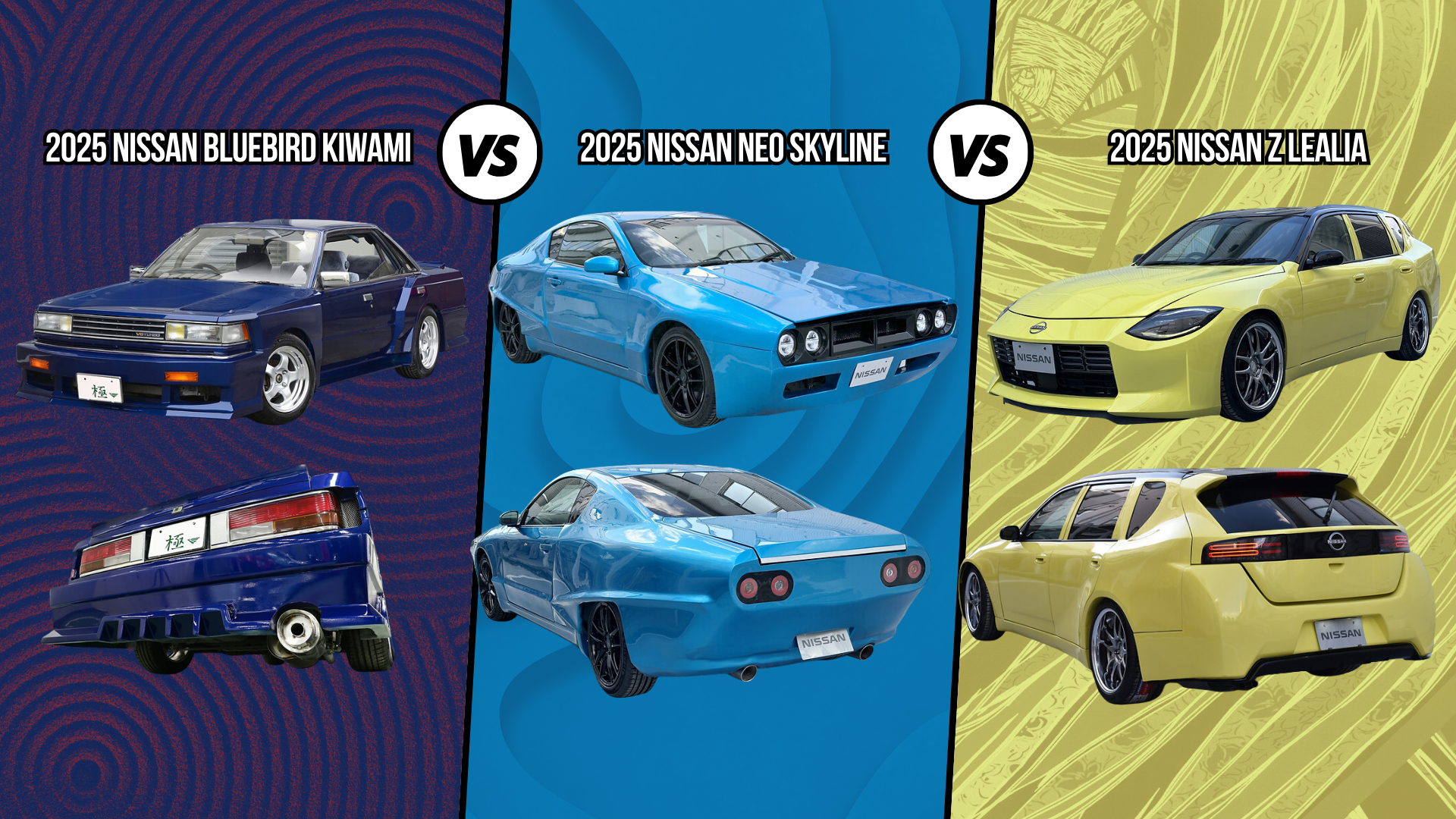
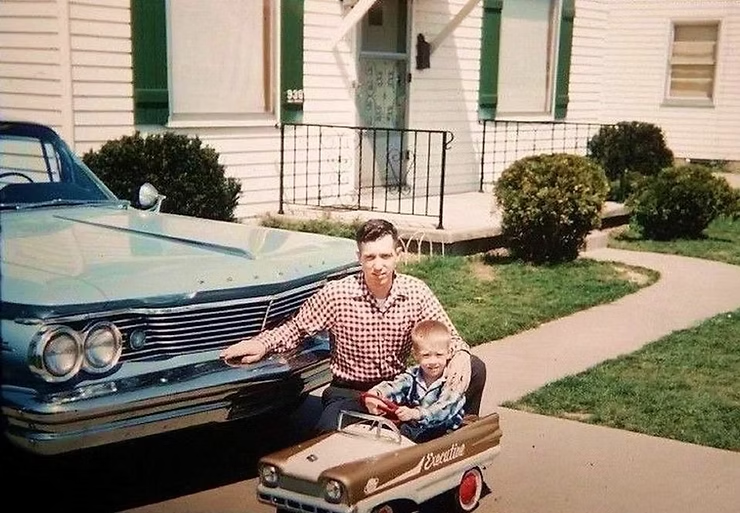
Comments